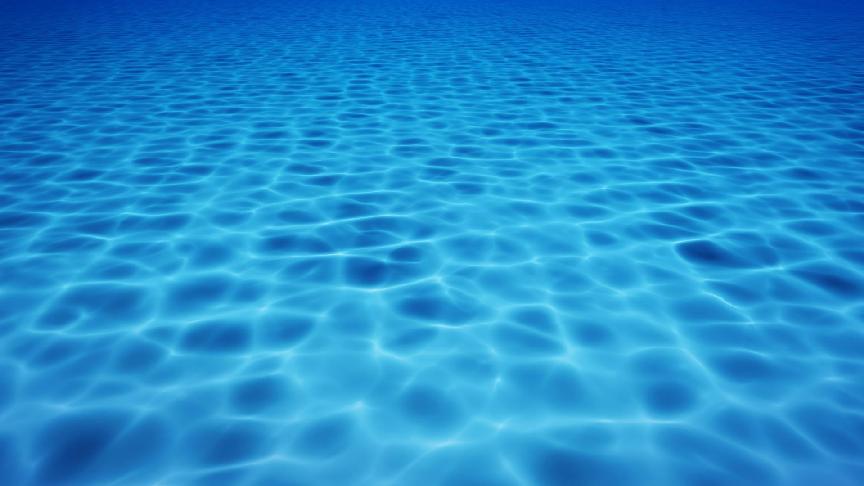04 May 2023 (Lloyd's List) - THE transport sector must tackle decarbonisation “with a much greater sense of urgency” if its contribution to global emissions is to be addressed. That is the view of DNV chief executive Remi Eriksen in the latest of the class society’s energy transition reports.
Maritime requires “joined-up thinking and transnational public-private commitment” together with large-scale implementation of energy-efficiency measures and huge amounts of alternative fuels.
The study outlines the challenges faced by road, air and sea transportation. It assesses their progress in electrification and the transition to carbon-neutral and zero-carbon energy. Driven by the decarbonisation push, the fuel mix in the maritime subsector is expected to change significantly over the coming decades. By 2050, shipping’s energy will switch from being almost entirely oil-based to a mix dominated by the use of low- and zero-carbon fuels (50%), natural gas (19%, mostly liquefied natural gas) and biomass (18%).
DNV has drawn the base case maritime fuel mix from the past year’s Energy Transition Outlook, which in turn uses a combination of several scenarios analysed in DNV’s Maritime Forecast to 2050. That report details 24 scenarios across two maritime decarbonisation pathways. Mr Eriksen acknowledged that shipping is a hard-to-abate sector, although he stressed industry leaders’ willingness to move to cleaner fuels.
“Maritime customers tell me there is willingness to do it [change to carbon-neutral fuels], but they cannot do it alone. They need the infrastructure, they need fuel. Much of the investment won’t be on board ships,” he said in an interview. “I would say the industry is ready, but it needs the right incentives. At Singapore Maritime Week, some were asking for a carbon levy: ‘It will be a level playing field, we can all go in the right direction.’”
The report identifies the major gap between policies that aid the emergence of fuel production on the one hand and the supply infrastructure that enable the transition of the deepsea fleet to new fuels on the other. Technologies are available or are under development and ready for deployment when a firm demand can be established through policies, it observes, adding that the much-anticipated strengthening of the International Maritime Organization’s ambitions this year “is crucial to establish the required demand”.
At present, the report states, “the relevant policies across almost all fuels, including electric propulsion, are categorised as challenging”. Electrification is said to be “impossible” for regional shortsea and deepsea shipping, policies for drop-in fuels using existing infrastructure are “high challenge”, and new fuels with either retrofit or existing infrastructure are “high challenge” or even higher at “substantial”.
Nevertheless, Mr Eriksen remains optimistic, arguing that collaboration is now at the heart of the green strategy.
“More green corridors are being announced — although a lot of action has to take place before we see any emission reductions coming from them — and there is more engagement from ports, governments, and fuel suppliers in trying to create this ecosystem.” He said there is growing interest from many industries for the same fuels, so liaising with ports will be important in aggregating more demand. This will make the sector interesting for suppliers and infrastructure builders to invest in.
The experience of keeping the maritime sector active during the pandemic “showed we can move the needle quite fast if we concentrate on one common goal or ambition”. He stressed that this forecast is a “most likely future” and in being not net zero, “it’s far from the future we want,” adding shipping must go on to a war footing if the industry is to get closer to net zero, rather than treating it like business as usual.
“We think the best the world can do is go from 80% fossil and 20% non-fossil today to 20% fossil and 80% non-fossil by 2050. There will still be emissions from 20% of the energy mix, which will have to be handled through carbon capture or nature-based solutions. It will be difficult for aviation and shipping, and certain parts of the world such as sub-Saharan Africa and the Indian subcontinent, to get to net zero or close to net zero by 2050.” He said the industry must do the best it can in the time available. DNV intends to update the energy forecasts whenever new events happen. Increasing tension between US and China is being monitored very closely.
“Including all the ifs and buts is always hard, but we wanted to put out a ‘likely’ forecast, not just a scenario. Anyone can produce a scenario; it’s much more difficult to put out a likely way forward.”







